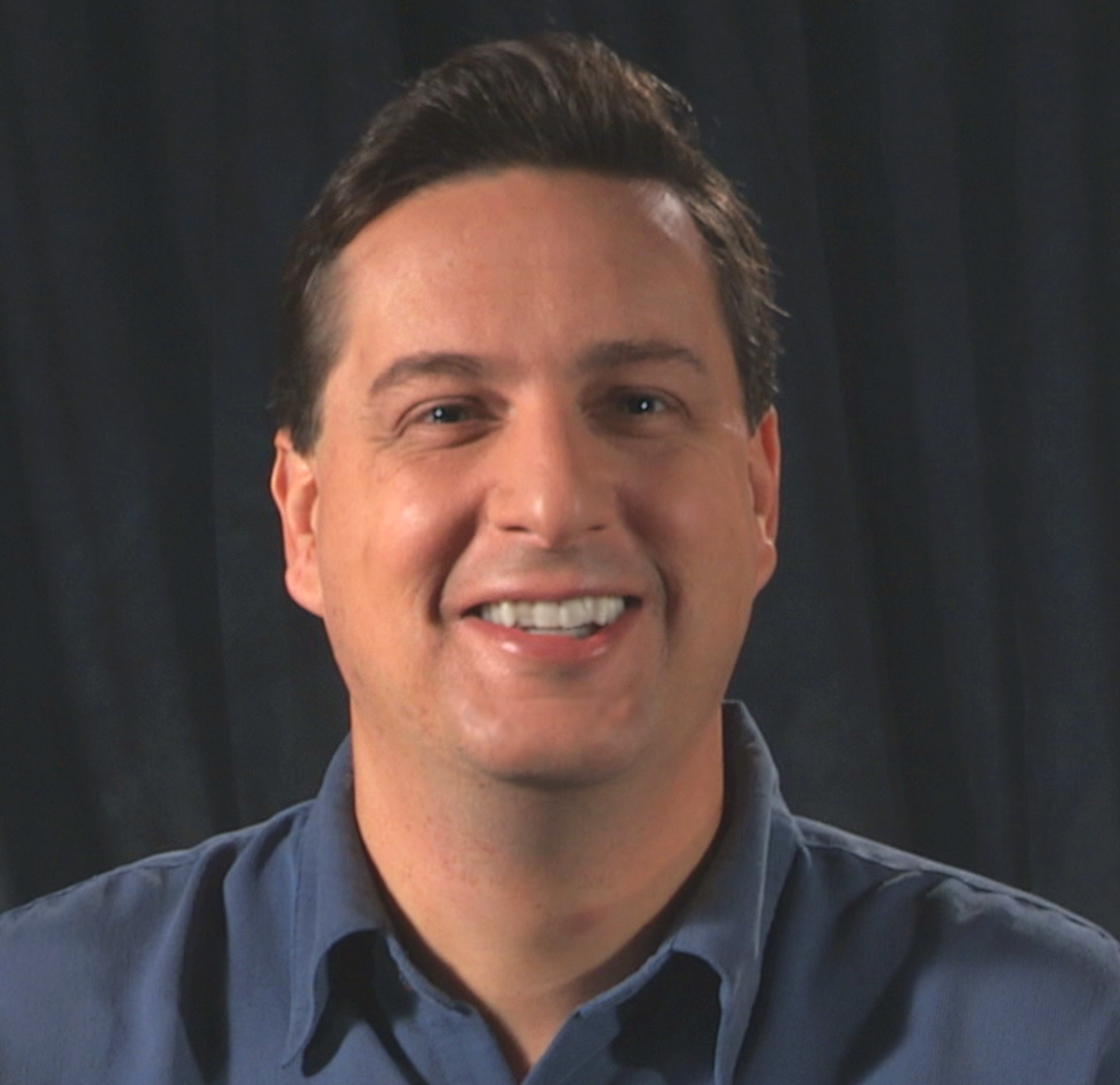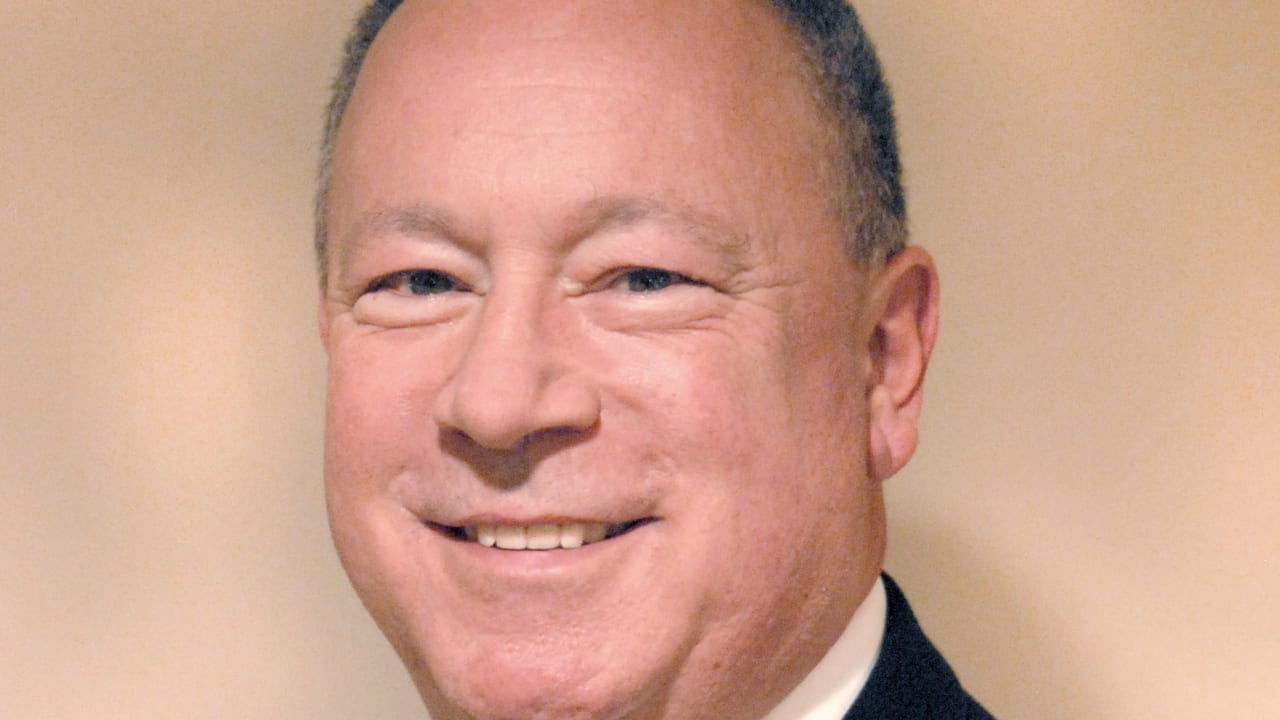It’s been quite a pre-NAB Show week for NewTek, and it’s only half way over.
Vizrt and NewTek jointly announcedthat Vizrt was acquiring the maker of products like TriCaster, IP Series, and 3Play, as well as creator of the NDI IP protocol for an undisclosed price.
The deal brings together two formidable technology juggernauts—one focused on the higher-end video market with real-time broadcast graphics and workflow solutions, the other with a portfolio of IP-based video production technology frequently used in the middle- and lower-end of the market.

In this Q&A, conducted the day after the acquisition, Cross discusses why NewTek took the Vizrt offer, how the companies’ philosophies align and their products complement each other, what the acquisition means for the workforces of both companies, and many other related issues. He also discusses NewTek’s plans for the NAB Show.
AVNetwork: I would imagine that, over the years, NewTek has probably had offers from other companies about a merger or acquisition. How did the Vizrt buyout come about, and why did NewTek take its offer?
Andrew Cross: Half of our company has been friends with Vizrt for years and years—I have been personal friends with their co-founder [Petter Ole Jakobsen]. We have a lot in common. I know people don’t look in the market and see that, but we are probably the two companies that made their bets on software-based, real-time technology on computers.
Going right back to their beginning days, they made their software on Silicon Graphics workstations. It was software. Back then that was as crazy as us making Video Toaster on an Amiga.
In many ways we share a common DNA and belief since our founding. Both of us made the very same bets when 95-percent of the market didn’t see things the same way. We thought, what would it look like if we made a business that was formed to serve the IT-based production, which is clearly where the future is. That is why this came about and why it happened. I find it super exciting.
AVN: Andrew, you will continue on as president of R&D of the combined company and Vizrt President Michael Hallen will lead the business. What about the rest of the employees at NewTek and Vizrt? Are layoffs planned? Or, do you even know yet?
AC: I absolutely do know, and this is really key. First off, just philosophically NewTek and Vizrt are very aligned. But this is an acquisition that is really based on the strengths of both companies, so this is absolutely not a situation where we say, “We’ve both got graphics systems so we are letting one of the graphics teams go.” We are, in fact, both strong companies. We are both very profitable companies, and it would be crazy to mess with that. When you think about what we have as a combined entity, it’s really quite mind-blowing.
AVN: Is there going to be a relocation to Norway or San Antonio? Or, are both operations going to stay put?
AC: Vizrt is very much an international company. So the answer is clearly no. NewTek is going to stay in San Antonio. Vizrt is going to stay in Norway. When it is really hot in the summer, it means we have a good place to visit. And, I can tell you that when it is cold and wet in Norway in the winter, they’ll want to come and visit us.
AVN: What about Tim Jenison, founder of NewTek? Will he have a role in the combined company?
AC: Almost everybody knows he has not been directly involved in NewTek for years now; he is involved in that he created the concept. We grew up in his garage, literally. But he has not been involved in NewTek for many years. So he will be about equally involved in this, in that NewTek is very much part of what he brought to the industry, and he wants to make sure his child, NewTek, which is 30 years old, goes to a good home.
I look at this very much as "we are the kid that didn’t leave home and stayed in Tim’s garage, but now we are 30 years old and it’s time for us to leave home, but our parents still really care about us and have a vested stake in us being successful."
AVN: Will the acquisition have any effect on sales channels or service?
AC: I am hesitating. The short answer is absolutely not. We are both successful companies, and the goal is to continue to be successful and to use the things we can do together to make us more successful—not suddenly cut out part of what we are doing.
NewTek very much will continue to sell the way we sell. As a matter of fact, we are more dedicated to that now because Viz sells in a different way. In many ways, this leaves us more committed to our individual strategies. Our channel is almost like a part of NewTek. They have been for years. Some of these guys have worked with us for 20 years or more.
We believe in them. They are a part of what makes us successful. They are part of why Vizrt liked NewTek. So we have no plans on changing that. In fact, we see it as a way to allow us to focus on our strengths there.
AVN: What about NewTek and Vizrt’s presence at the NAB Show? Separate or integrated together in one booth?
AC: We will have separate booths, certainly, at this NAB. Who knows in the future?
AVN: What highlights can the industry expect from NewTek at NAB?
AC: There are probably two distinct buckets of things that we are doing at NAB. One is obviously NDI. We are announcing NDI Version 4, which improves pretty much everything. It’s certainly the biggest release we have made with NDI since its launch.
It runs faster, so you can get more channels of video. It has better quality at that same bit rate. It supports 16 bits per pixel, so it offers higher color accuracy. So, it goes beyond what SDI did.
We are going to give away for free the ability to record any number of NDI streams straight to disk without any kind of recompression, which means CPU usage is zero. If you want to put a machine that just records all of your videos on the network, you can.
We will also have an Unreal Engine plug-in for NDI. We are putting in place a lot of the pieces for a broadcaster who wants to run in the cloud. It doesn’t rely on multicast. It can be used on Amazon Web Services.
AVN: You mentioned another bucket, not the NDI bucket. What is in it?
AC: Obviously we have the TriCaster, too, and we are really pushing the envelope there. Honestly, the thing we are showing, I think is so cool. It’s something we have been working on for years. It’s been my dream to make this work for years.
Here is the basic concept. TriCasters are used by people who want to make a show. But if you are really truthful about this, nobody creates their show on a video switcher. Everybody creates their show in something like Word—because you plan it and write out a script.
What we have done is make a system that allows you to literally bring in a Word document. It analyzes the document and then runs the whole show for you truly automatically. You can put your whole script—who says what, the title of the show, everything—into a Word document, import that into your TriCaster, and push everything to a teleprompter output and through the teleprompter feed automatically run the whole show.
AVN: Anything else?
AC: The other thing is our IP Series higher-end video switchers. We are making them accessible to people who want to run them on their own servers, whether they are in the cloud or their local server rack. This is for people who want to virtualize, people who want to build productions where you can scale them up and down based on what shows you are running that day.
Think about it this way. We took our 44-input, 4K switcher and we allow it to be run on an off-the-shelf sever for people. They can choose to run it in the cloud. That’s pretty groundbreaking and that is definitely where the industry is ultimately headed.
Those are the highlights for NAB, but I will tell you, right after NAB we have a whole bunch of other stuff coming. We’ve been busy.
This piece was originally published by TVTechnology. To read the full interview, click here.
